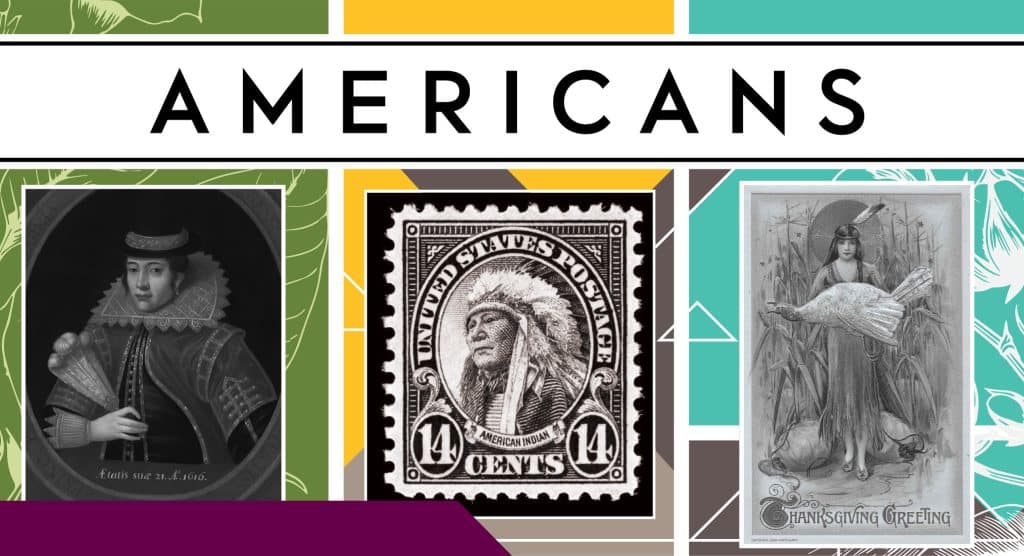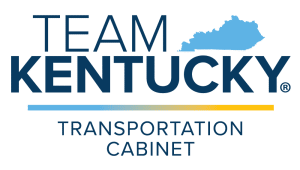
August 23, 2025 – September 27, 2025: River Discovery Center, Paducah
October 4, 2025 – November 15, 2025: Muhlenberg County Public Library, Greenville
November 22, 2025 – January 3, 2026: Hickman County Memorial Library, Clinton
January 10, 2026 – February 21, 2026: Henderson County Public Library, Henderson
February 28, 2026 – April 11, 2026: Carroll County Public Library, Carrollton
April 18, 2026 – May 23, 2026: Woodford County Library, Versailles
May 30, 2026 – July 5, 2026: Highlands Museum and Discovery Center, Ashland
For questions or information, please contact Derek Beaven at derek.beaven@uky.edu or (859) 257-5932.
American Indians are less than 1 percent of the population, yet images of Indians are everywhere. From imagery on commercial products and professional and high school sports mascots, to classic Westerns, we are surrounded by American Indian imagery. Indian names are everywhere too, from state, city, and street names to the Tomahawk missile.
Americans highlights four major historical events and presents what has been remembered, contested, cherished, and denied, and shows why each event still resonates.

